5 Things you don’t know about Yosemite National Park
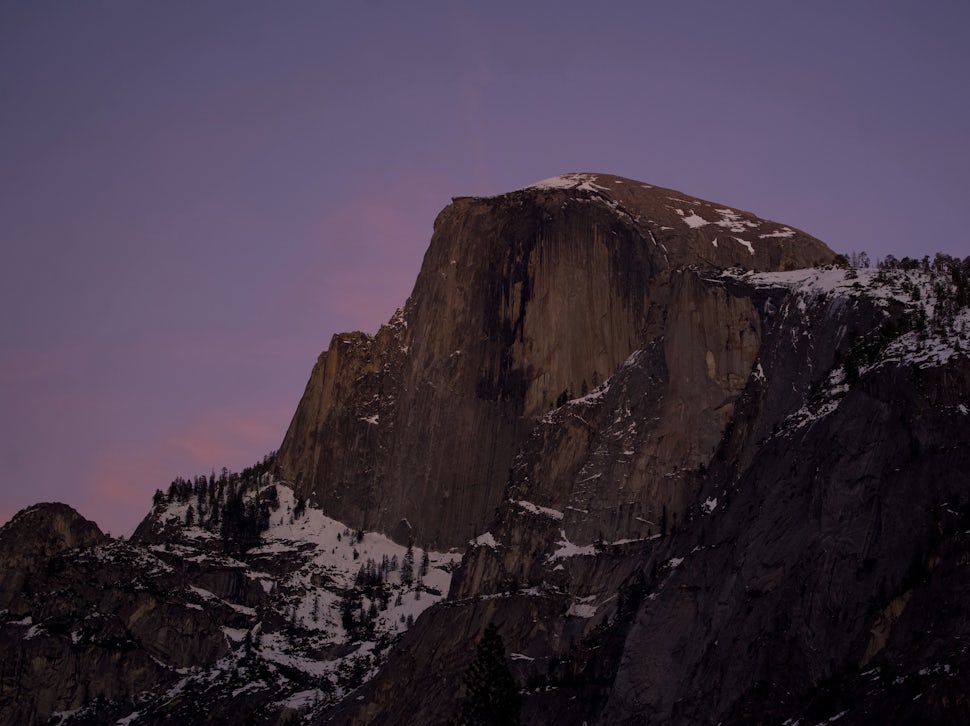
Yosemite is one of the most well-known national parks in the world. Granite domes, alpine lakes, climbing routes, waterfalls, acres of backcountry, and maybe even moonbows come to mind. Well, those and Alex Honnold free-soloing El Capitan in an insanely short amount of time.
In addition to many acres of protected land, Yosemite has a lot of under appreciated history, wildlife and plant species, and untold stories. Here are five things you might not know about Yosemite National Park:
1. Enid Michael wrote more about Yosemite than John Muir
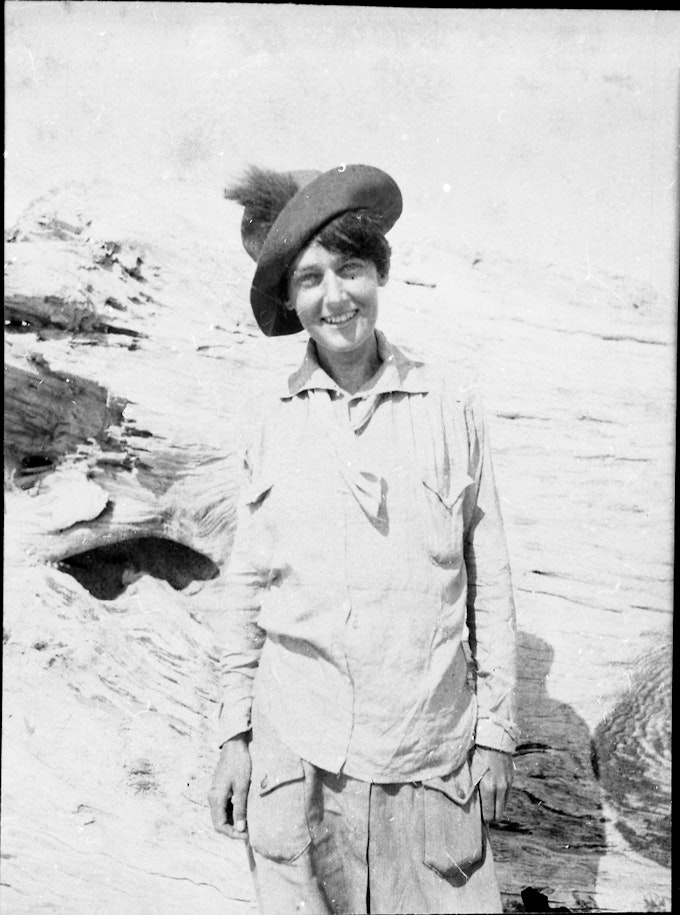
Enid Michael moved to Yosemite National Park in 1918. She married Charles Michael, the assistant postmaster of Yosemite Valley, and lived in a tent by the Merced River. She and Charles were avid climbers who did not use ropes. She loved plants and became a park naturalist, giving lectures, leading nature walks, and collecting and mounting 1000 plant specimens. When Enid wasn’t exploring the park on foot, working, or climbing the rocks and peaks, she was writing about Yosemite. In total, Enid wrote 537 articles about Yosemite. These articles make up the largest body of writing about Yosemite created by one person. The Yosemite Research Library has a copy of "The Joy of Yosemite" that includes select articles from Enid's writing, but it seems that beyond that it is rare to find her work.
You can experience a virtual exhibit on women of Yosemite, including Enid, here.
2. Pacific Fishers call the park home
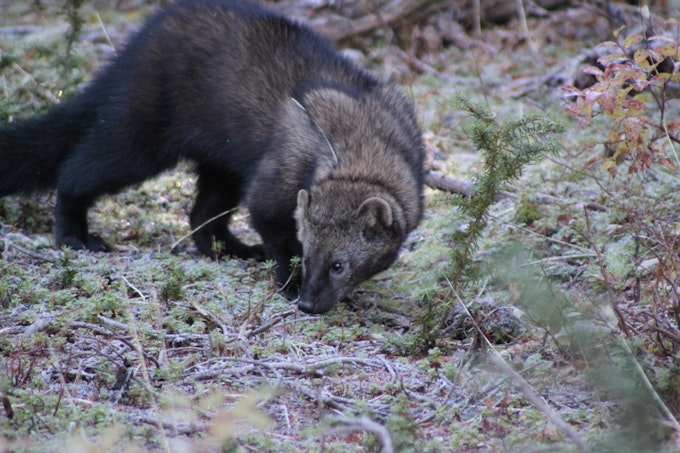
Yosemite National Park is home to a sensitive population of Pacific Fishers. These carnivorous tree-dwellers live in California, Oregon, and Washington. The cute creatures are not considered endangered collectively, but are considered a sensitive species within the Sierra Nevadas.
In the 1800s, the population dwindled when they were almost hunted to extinction for their pelts, along with other mustelid groups. In addition, Pacific Fishers have been pushed out of their habitat by logging, drought, development, bark beetles, and fire destroying mature forests where they live. While the weasel-like animals are quite elusive, the park biologists are working to keep the Pacific Fisher population happy, healthy and within Yosemite National Park.
3. Obsidian is not natural to the area

Obsidian is a volcanic, glassy rock that is formed when lava cools rapidly. There is no naturally occurring obsidian in Yosemite National Park. However, it can be found throughout the park. Obsidian sources are just over the mountain ridge in the Eastern Sierra Nevadas along highway 395. How did it end up in Yosemite? Obsidian was a commonly used commodity in the economy. It has been recovered along the known trade routes throughout the park and western slopes of the Sierra Nevadas. It was used to create tools and weapons by the local Native American tribes.
4. Yosemite Valley is a small town
Yosemite Valley is only 7 square miles of the 1,187 square miles that make up the park. The small area is its own town complete with a grocery store, post office, hotels, restaurants, medical clinic, utilities, transportation, fire station, search and rescue, law enforcement, U.S. Court, and even a jail. Outside the valley, there are also post offices, mini grocery stores, and gas stations in three areas of the park. With the closest towns outside the park gates 30-45 minutes away, these amenities cater to Yosemite’s residents, as well as park visitors.
5. Yosemite is the only national park to bid on hosting the Olympics
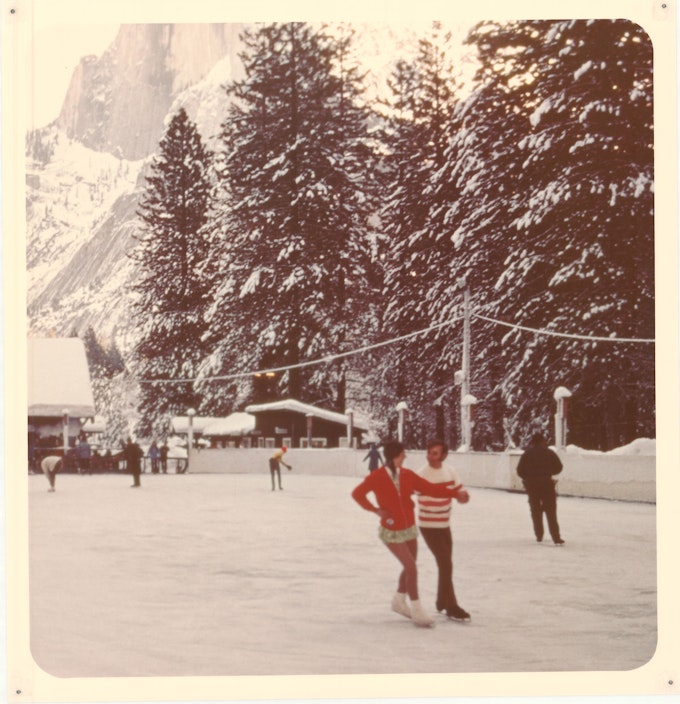
In the 1920s, Yosemite had high summer visitation with travelers flocking to the scenic valley. When the temperatures started to drop and the snow began to fall, visitor numbers decreased. In an effort to get more people into the park during the winter, Yosemite made a bid to host the 1932 Winter Olympics.
They were up against Oslo, Montreal, Minneapolis, Duluth, Lake Tahoe, Bear Mountain, Denver, and Lake Placid. The International Olympic Committee chose Lake Placid to host the games that year. However, Yosemite didn’t miss out on all the action. The park had the opportunity to host the Olympic game tryouts for ice skating. You can still skate in Yosemite Valley at Curry Village each winter when the concessions company floods the parking lot to create a rink with an awesome view of Half Dome.
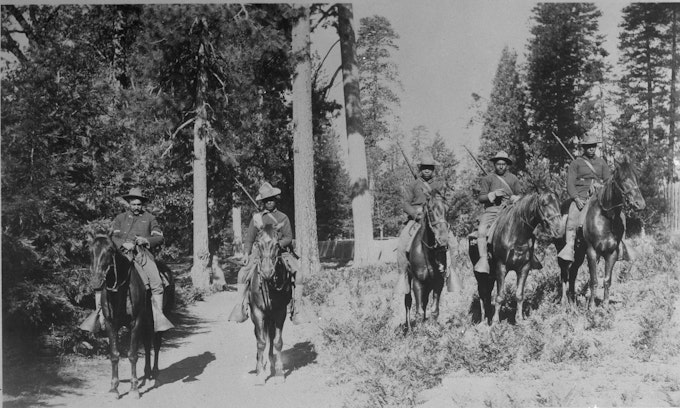
PS: Did you know Yosemite National Park is a UNESCO World Heritage site for its natural beauty? Or that the Buffalo Soldiers who were African American were some of the first park rangers in Yosemite? Did you know the Ahwahnee Hotel was rented to the US Navy as a wartime hospital in the 1940s?
Feature image of Half Dome in Yosemite National Park by Clarice Henry.
We want to acknowledge and thank the past, present, and future generations of all Native Nations and Indigenous Peoples whose ancestral lands we travel, explore, and play on. Always practice Leave No Trace ethics on your adventures and follow local regulations. Please explore responsibly!
Do you love the outdoors?
Yep, us too. That's why we send you the best local adventures, stories, and expert advice, right to your inbox.








